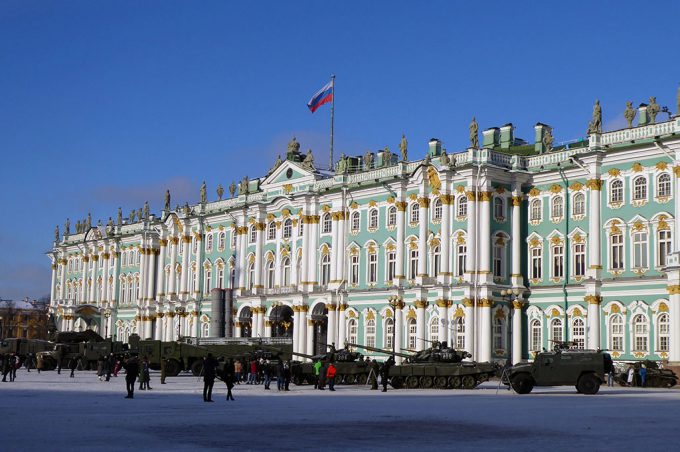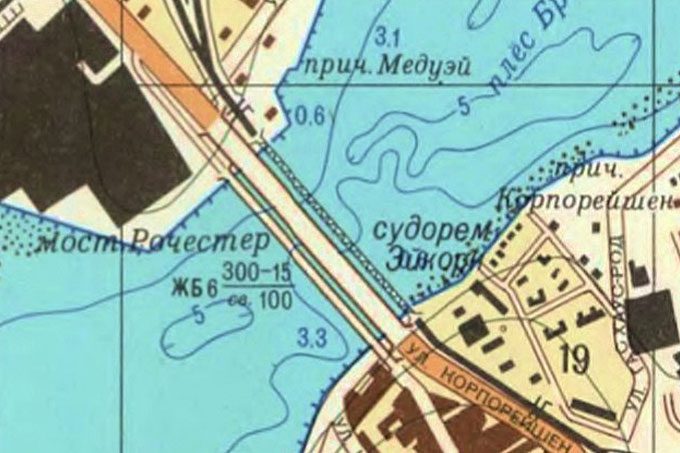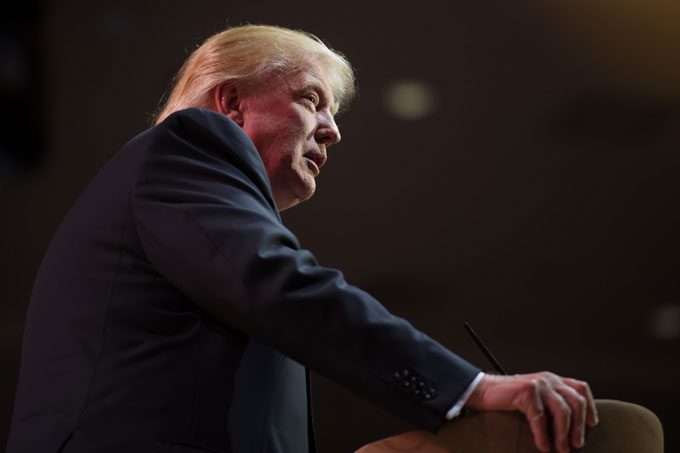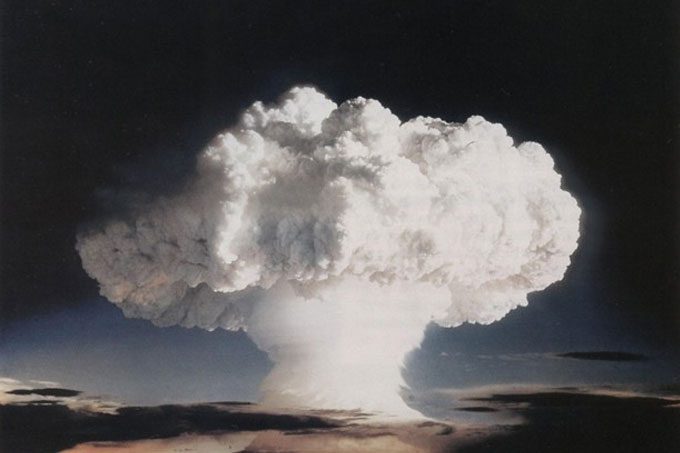With the recent renewal of Cold-War-era tensions, Dr Alexander Kent reflects on the parallels that are being drawn with the past.
Cartography and the Kuznetsov
As a Russian naval task force enters the English Channel, Dr Alexander Kent, Reader in Cartography and Geographic Information Science and Martin Davis, University Instructor, explain that the maps and charts they will be using owe to a long tradition of mapping Britain in secret.
The nuclear Donald Trump: A peculiarly British anxiety?
Ahead of the US election on 8 November, Kevin Ruane, Professor of Modern History, reflects on the nuclear anxieties associated with a possible Trump presidency.
Trident renewal and the MAD-ness of Winston Churchill
Kevin Ruane reflects on Winston Churchill’s 1954 decision to build a British H-bomb, ahead of the Commons vote on Trident



